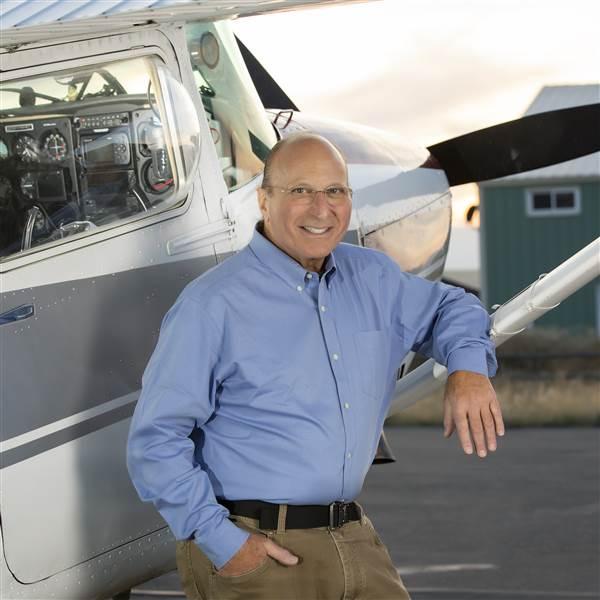The magic age
Staying safe and in the cockpit as we get older
I have seen 80-year-olds fly the pants off 50-year-olds but have also seen great pilots make mistakes as they get older especially when presented with new situations—digital panels are a classic example.
As we all age, our agility and reaction times degrade. However, our wisdom and experience may keep us out of situations that demand the agility and reaction speed of youth. What steps can we take to keep us out of trouble?
Fatigue is a huge problem as we get older. This is not just on the day of a flight but even the day after. Fatigue may be cumulative. For example, I used to easily fly three four-hour legs in a single day to get to my destination. Twelve hours in an autopilot-controlled cockpit may not seem like much to a 30-year-old but is significant for a 60-year-old. Plus, it may mean a final landing in the dark or bad weather, which demands more concentration and attention to detail. It is better to take an extra day to finish the mission.
Another issue is food. When I was younger, I hardly even took time to eat at fuel stops and never took a lunch from home. Of course, water was the least of my worries. Those choices do not work well as we age. Staying in a positive caloric balance and well hydrated are more important as we get older even though our brains think we are still 25. One pilot asked me about protein bars instead of meals. Protein bars are expensive candy bars and are not real food. They might be better than nothing but probably not as good as almonds in your pockets and certainly not as good as a short, sit-down meal.
Our wisdom and experience may keep us out of situations that demand the agility and reaction speed of youth.Since I mentioned hydration, drink fluids and do not worry about having to urinate in the aircraft. Get over it and use an old juice bottle or non-spillable device such as a Travel John or Travel Jane. No secret here—dehydration causes headaches and fogs the brain. If dehydration were chronic, the FAA would probably make it a special issuance.
How about complexity of flight? Should we make approaches to minimums on an ILS like we used to do 20 years ago? Should we still fly for night arrivals? Should we still fly a taildragger into short, gusty strips? I am not suggesting anyone stop flying. That is a personal choice. But there are many things we can do to make our flying easier and less complex. At some point, we might even want to give up that tailwheel and go to a tricycle gear.
A co-pilot is helpful. There are lots of young pilots out there who need hours and exposure. You can teach them from your experience, and they can be your backup in cockpit. Plus, they can be your human autopilot if you need a break or want to catch a five-minute nap. These are win-win situations and having company in the aircraft can make the experience even more enjoyable.
Should we make our biannual flight review annual instead? Regardless of frequency, the instructions for the reviewer should not be “Let’s get this over so I can fly for the next two years” but “Be honest. Am I safe?”
One of the hardest things I must do as a physician is to deny a patient’s medical for a driver’s license. This usually comes about because the family has come to me requesting my help because their parent gets lost, is not looking around at intersections, or cannot keep between the lane lines. Taking away a driver’s license is taking away freedom.
When we see a pilot do something that may be an indication of a problem, it is a time to say something. Taxiing out with the tow bar still attached, the pitot cover still on, or the baggage door open may be an indication that a word to the wise might be appropriate. I am not suggesting we all be FAA enforcers but when we see a fellow pilot do something amiss, a friendly word might save a life and a family’s grief.
So, what is the magic age we need to stop our airborne activities? I do not know, but it is always too soon!



